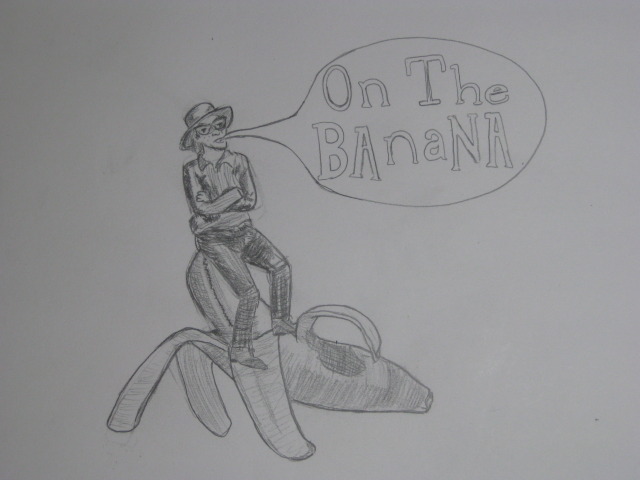after a recent portfolio review, where the idea of a series i have been working on did not really come across, i started to question the importance of an idea. i thought the idea that i had presented in my series was effectively communicated and identifiable, and this was based on the responses of critiques i had in school. in these critiques i had presented the concept of my series and everyone seemed to comprehend it, at no point did anyone say that my presented concept wasn't conveyed through my photographs. (the effectiveness of critiques is another thing i'm beginning to question) the fact that i was forced to reveal what my concept was in these critiques may have been the reason that the communication of my concept was never called into question. that is why, when i went to this portfolio review i made sure not to present the central idea behind my series right away, and as i said my concept did not seem to come across.
the concept behind a series or a photograph can change it completely. if a concept is not perceived it can even change the successfulness of a composition. the concept behind my series was animating the inanimate. my goal was to frame these non-living things, with living characteristics, in a certain way so my pictures would appear as freeze frames that would not exist moment after the picture was taken. i wanted to make it look as if they could possibly be living, this was my intention, however the way in which i believe they were perceived was to basically be a documentation of these non-living things. this communication breakdown resulted in my pictures becoming photos that did a poor job of documenting a certain subject. the way in which i placed these non-living things in the composition to create the appearance and possibility of these things being alive became troublesome. this is because they did not really document what was perceived to be the main subject and point of my series.
it was this whole experience which caused me to question the importance of an idea in your work. if everyone involved in my critiques really did fully understand the concept in my series, then hypothetically there is probably a room full of people (including the person who reviewed my portfolio) somewhere who wouldn't understand my concept. so this brings up a couple questions...
is there a really a point in having an idea behind your series? the chances of your idea coming across to everyone is unlikely, due to the fact every person has their own individual experiences they will draw upon when viewing your work. so do you take this into account and accept it? what if there's is only one way you want your work to be perceived and when it is perceived this way it's extremely successful, but when perceived any other way it's unsuccessful? is it still worth doing? what if the only way you can properly convey your important message is through cliche imagery? is this the way to go about it then? i certainly hope not...
the alternative to struggling with all these questions about conveying your idea is simply to create images that look "cool" and/or are exciting. ideally you want your work to look cool, exciting, and have an idea behind it, but depending on your idea, you might not be able to get a really cool stylized image. this is not to say you can end up with an image that is aesthetically pleasing, but aesthetically pleasing image does not necessarily equal a cool image. this is why i am suggesting the possibility that the way to go about photography is to just photograph things that look good and exciting without an idea in your head. this idea brings me to the photographic work of dash snow.




snow's name was recently brought up to me by someone who saw my post about ryan mcginley. this is because snow and mcginley were good friends and mcginley encouraged snow's work. i had run into snow's work a couple years ago and was unable to decide how i exactly felt about it. his work can be funny, strange, exciting, sleazy, dangerous, shocking, and vulgar, which are great qualities to for a body of work to have. (they are also good qualities for a person) the problem i had with snow's photos, was that there were no real ideas or purpose behind them, he was simply just taking pictures of his incredibly exciting, and dangerous life. but maybe this is enough? his pictures look exciting, interesting, and "cool", so who needs an idea, a picture is just a picture, and pictures are just meant to be viewed. so as long it looks good what's the problem? and is it really possible for any photo to not carry an idea? most images will provoke some type of thought when you view them? who cares if its a well thought out intentional idea? so is dash snow's work successful? i have no idea about that or any of the other questions presented above. but i do know that i can appreciate snow's photographs for what they are...photographs.
























